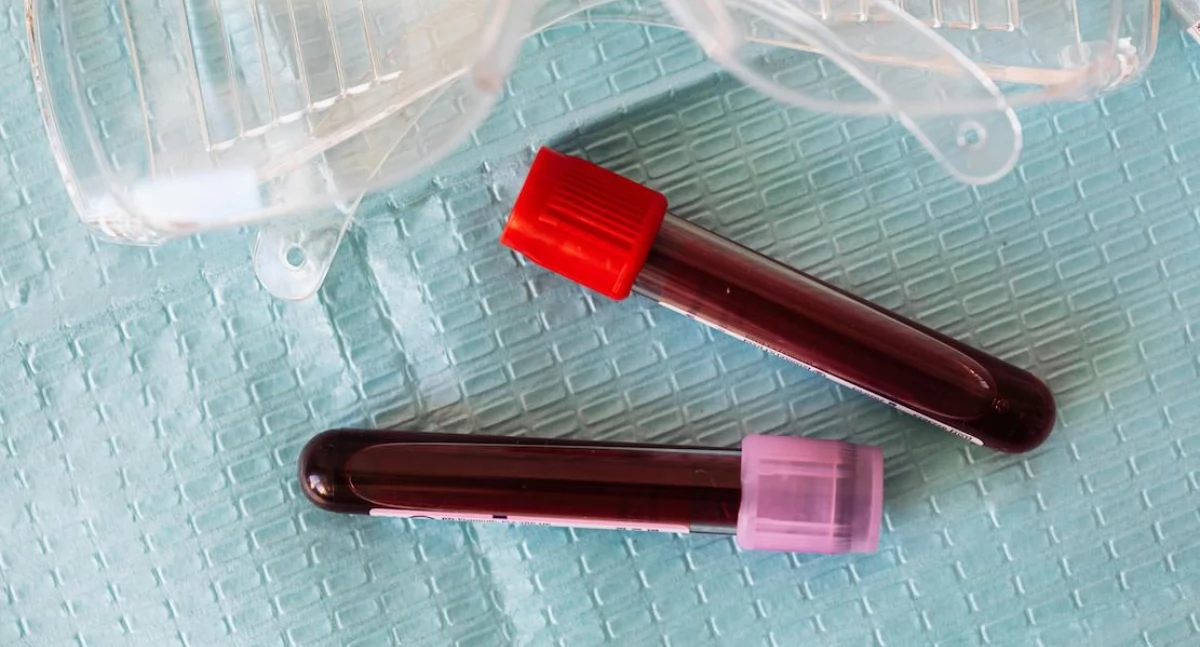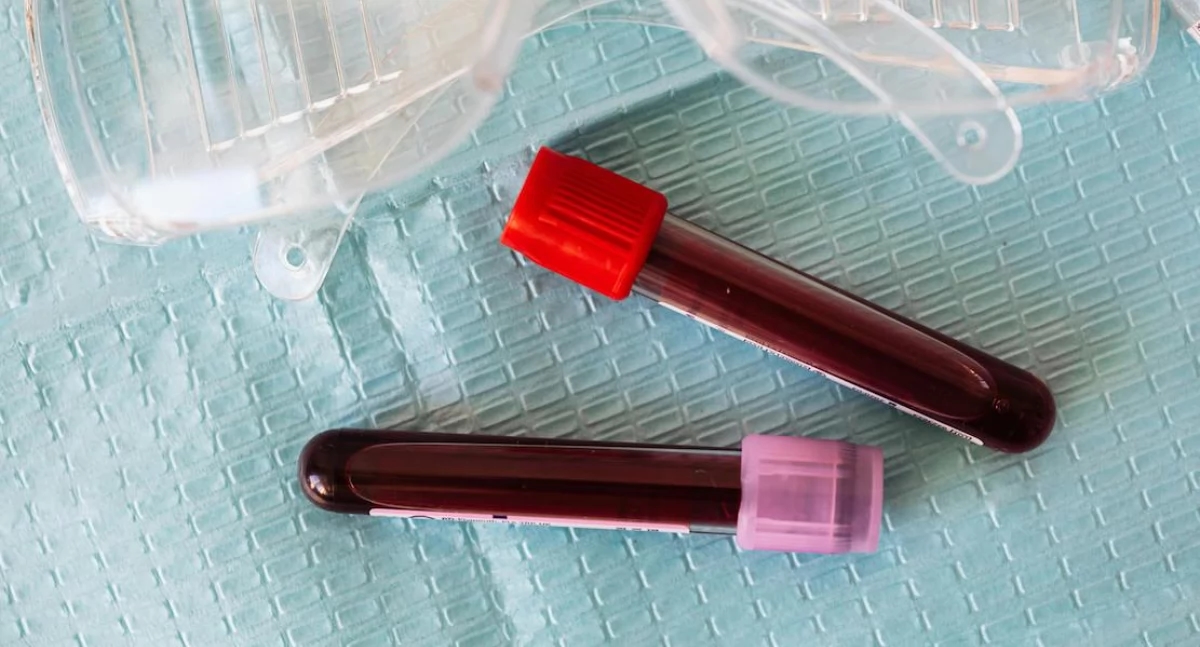Lymphocytes (LYM) in the blood – norms, functions, decreased and increased results

Lymphocytes, designated LYM in blood tests, are small but crucial immune cells belonging to the leukocyte (white blood cell) group. Although microscopic in size, their role in the body's defense is immense. They can be compared to an army that first fights off invaders and then stores them for the future, protecting us from future infections.
Lymphocytes are produced in the bone marrow, mature in the thymus, and then circulate in the blood and lymphatic system, ready to respond at a moment's notice. They are responsible for recognizing and destroying viruses, bacteria, and cancer cells. They also maintain immunological memory, allowing the body to respond more quickly and effectively upon subsequent contact with the same pathogen.
The immune system operates as a team of specialized units. Each type of lymphocyte performs a different, yet equally important function: - B lymphocytes – produce antibodies (immunoglobulins) that recognize and neutralize microorganisms. Some of these become memory cells. - T lymphocytes – mature in the thymus, are responsible for cellular immunity and recognize infected cells.
- NK cells – a fast, first line of defense. They attack cancer cells and virus-infected cells without prior contact with the pathogen.
The lymphocyte count (LYM) result in a complete blood count can be reported as an absolute count (LYM) or as a percentage of all leukocytes (LYM%). Reference values depend on age and gender. Neonates (0–1 year): 2.0–11.0 ×10⁹/l (30–70%) Children (1–12 years): 1.5–7.0 ×10⁹/l (25–60%) Adult women: 1.0–4.5 ×10⁹/l (20–45%) Adult men: 1.0–4.0 ×10⁹/l (20–40%)
Seniors (60+): 1.0–3.5 ×10⁹/l (18–40%)
- Normal values: the immune system is functioning properly. - Elevated lymphocytes (lymphocytosis): may indicate a viral infection, inflammation, or blood disease.
- Reduced lymphocytes (lymphopenia): occurs when the immune system is weakened, due to stress, malnutrition or after severe infections.
Lymphopenia is a lower than normal lymphocyte count. It can be transient or chronic. It indicates weakened immunity and increased susceptibility to infection. Common causes include viral infections, stress, vitamin deficiencies, autoimmune diseases and cancer, and immunosuppressive therapy.
Symptoms: frequent infections, fatigue, longer wound healing.
Lymphocytosis is an increased number of lymphocytes in the blood. It most often occurs with viral infections (influenza, mononucleosis, hepatitis), but may accompany autoimmune or hematological diseases. Symptoms include fever, weakness, joint pain, and enlarged lymph nodes.
For the morphology result to be reliable:
- Be on an empty stomach (8–12 hours after the last meal) - Avoid alcohol, coffee and intense physical activity - Do not get tested during an infection or severe stress
- Tell your doctor about the medications you are taking
Products supporting immunity:
- Sea fish (omega-3) - Garlic, onion - Pickled vegetables, yogurt - Green leafy vegetables - Citrus fruits, peppers - Nuts, pumpkin seeds - Vitamin D3
Prevention:
- Sleep at least 7 hours - Drink 1.5–2 liters of water - Avoid stress - Be physically active
- Perform a blood test every 6–12 months
Updated: 26/10/2025 16:30
politykazdrowotna





